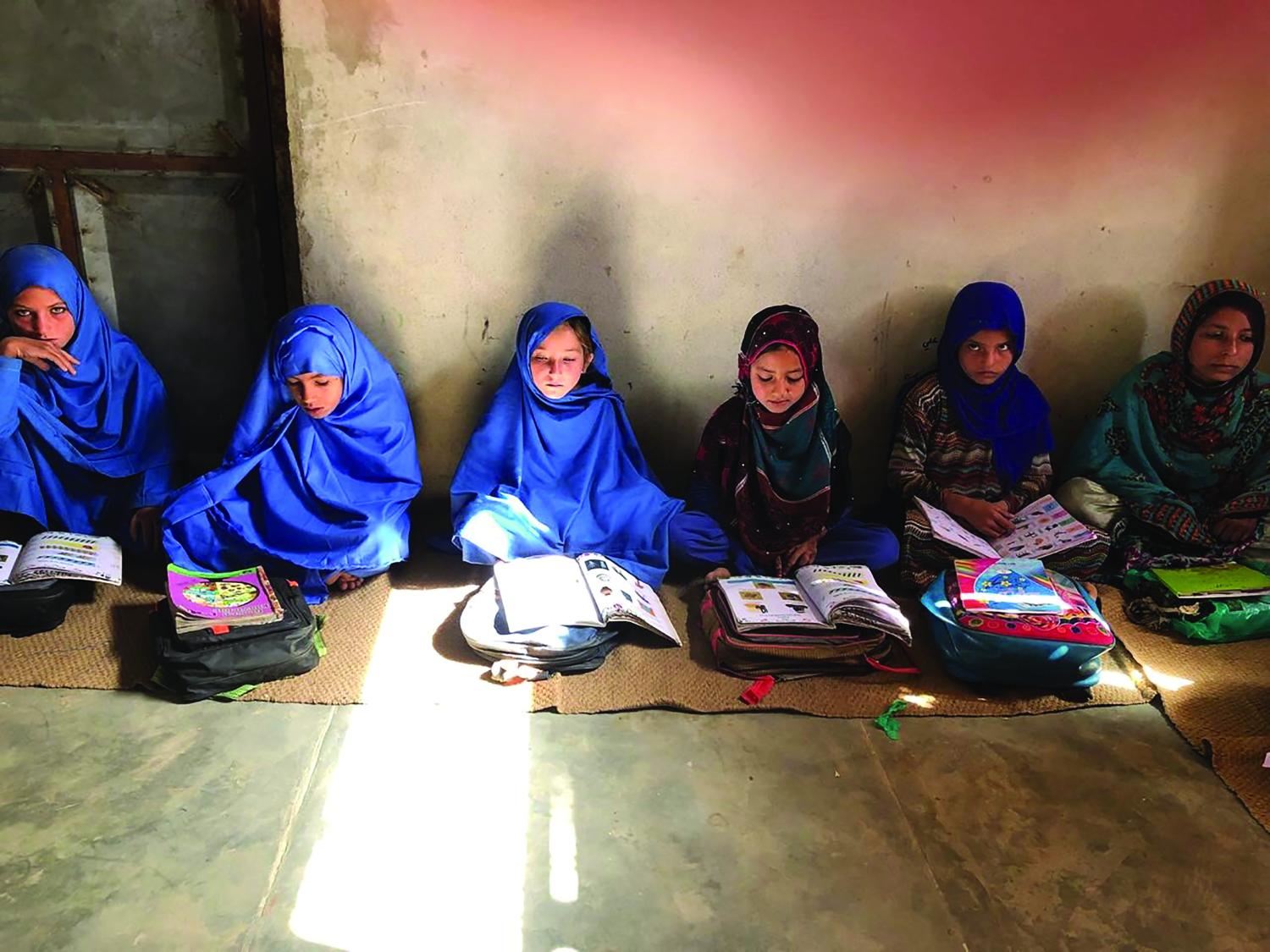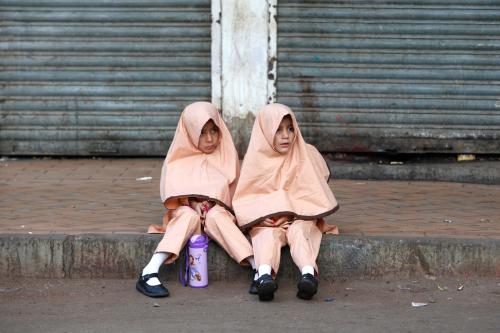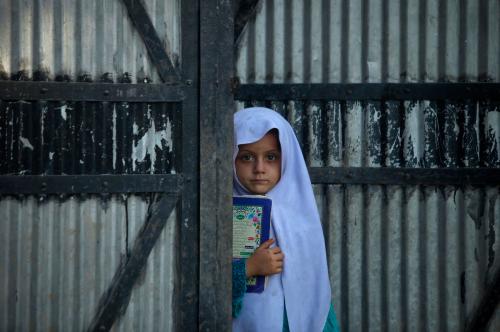For the first time in the history of Pakistan, the Newly Merged Districts (NMDs) of Khyber Pakhtunkhwa (KP) formerly known as Federally Administered Tribal Areas (FATA) of Pakistan—are moving toward normalization. The Talibanization period has ended and the Pakistani military has largely cleared violent extremism from this area (see Box 1 for details on the history of the NMDs). At this historic time for this war-torn area, to bring it on par with the rest of the country, it is highly important to focus on the gender aspects of the NMDs’ policies and their implementation. This is especially urgent given that traditionally, this area has operated as a patriarchy. There should be immediate attention to gender equity in two sectors that are fundamental for development and where the NMDs’ reform program will roll out: health and education.
In this video, Sumbal Naveed, 2018 Echidna Global Scholar, describes her work identifying barriers to girls’ education in the post-war Newly Merged Districts (NMDs) of Khyber Pakhtunkhwa, Pakistan.
The Directorate of Education (DoE), housed in the FATA Secretariat, developed a five-year comprehensive Education Sector Plan (ESP) for the NMDs—a planning document that was based on the 2009 National Education Policy. While developing the ESP, the FATA Secretariat identified barriers to education, taking into account input from teachers, head teachers, and government officials. However, it appears that most of the barriers identified are applicable to both boys and girls, despite the fact that more girls don’t attend school. The few gender-specific barriers mentioned are distance from school and related security concerns, parents’ reluctance to send girls to school, and other cultural issues. However, the ESP lacks specifics about which cultural or environmental aspects and parental perceptions stop families from sending their daughters to school. Furthermore, under the ESP’s section on “Gender Issues,” the only issue identified is the shortage of women staff in the DoE. Without a deeper understanding of the problem, it will be difficult to devise a plan that can address the core reasons for the low participation of girls in education.
Most importantly, the ESP’s macro-level performance indicator list does not include indicators that measure quality of education and gender equity. Without relevant and adequate indicators, it will be hard to measure the progress in achieving gender equity.
Therefore, this paper aims to highlight the gender-related gaps in the ESP identified through a study on barriers to and opportunities for girls’ education in the NMDs of Khyber and Mohmand. This qualitative study used a semi-structured tool to conduct interviews with 36 participants, including teachers, government officials, nongovernmental organization field staff, and girls from colleges and schools. Based on study data, this paper provides a review of the ESP with a gender lens. The paper first discusses a few ESP activities that must be implemented differently to address barriers to girls’ education, then moves on to explaining the gender-specific barriers that were missed by the ESP. The paper highlights significant opportunities that can be instrumental in accelerating efforts to reduce the gender gap in education in the NMDs. At the end, the paper presents recommendations on how to make evidence-based and context-specific decisions to strengthen education planning, develop a monitoring and governance structure and engage local communities and other sectors to achieve the goal of gender equity in education.





